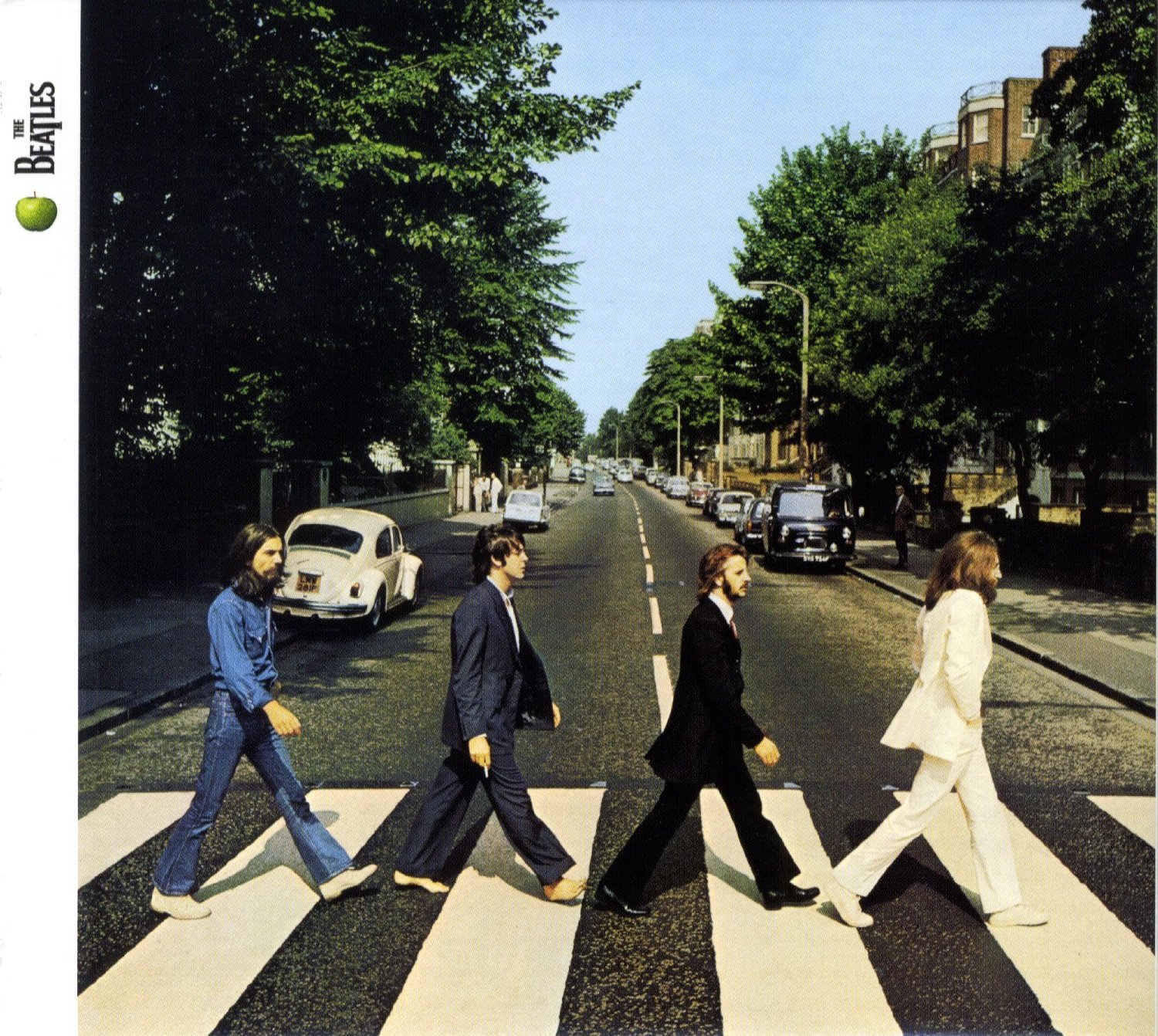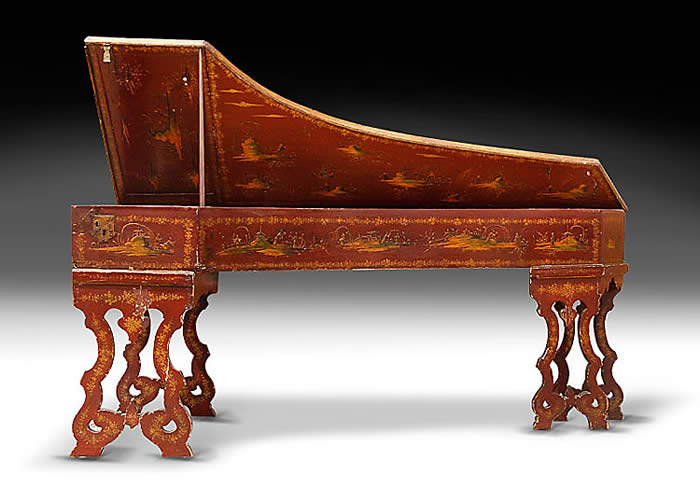Prokofiev By Himself
A Hidden Gem on Apple Music
While browsing Apple Music recently, I stumbled upon this album:

Even just from the album cover, there are so many fascinating details:
- It features Prokofiev performing his own work
- It displays a Soviet badge
- Despite the Soviet badge, it was recorded with the London Symphony Orchestra
- The album includes Piano Concerto No. 3
That alone caught my attention — but after a bit of digging, I was even more surprised: the recording was made at Abbey Road Studios in London. Yes, the same studio made famous by The Beatles, where they recorded their final album:

"Prokofiev himself made the first recording of the Piano Concerto No. 3 in June 1932 with the London Symphony Orchestra conducted by Piero Coppola. The recording was made at Abbey Road Studios in London and is the only recording that exists of Prokofiev performing one of his own piano concertos."
— Naxos.com, retrieved July 28, 2015
A Question of Interpretation: Classic Symphony, 3rd Movement
Let’s take a closer look at Prokofiev’s Classical Symphony, specifically the third movement. This symphony is notable as one of the first and most iconic neoclassical works — composed in a style Prokofiev imagined Joseph Haydn might have written had he lived in the 20th century.
The third movement is brief — just about 90 seconds. Here’s a comparison of three performances:
🎻 Modern Orchestra Performance:
🎼 Haydn’s Symphony No. 94 ("Surprise"):
🎹 Prokofiev Performing It Himself (Apple Music Album):
Listen on Apple Music →
🧠 Key Differences in Interpretation
Lighter Touch
Prokofiev plays with a noticeably lighter hand than modern orchestras — perhaps due to the nature of a solo piano versus a full symphony.Faster Tempo
Prokofiev’s version is quicker. For example, the Münchner Philharmoniker takes about 2 minutes, while Prokofiev’s recording clocks in at 1:25.Focus on Structure & Clarity
Prokofiev emphasizes tempo and structure. Modern performances tend to be more expressive or romantic, likely due to the richness and granularity that a full orchestra can bring.
Final Thoughts
What struck me most is how much a recording by the composer himself can change our understanding of a piece. It's sad that we don’t have any recordings of Chopin, Mozart, or Beethoven. We can only guess how they intended their music to sound — and the evolution of piano technology over time means modern performances may differ dramatically.
Here’s an example of a 17th-century piano:

🎙️ Historical Context of the Album
This album is not just a musical recording — it's a historical artifact. Here are some fascinating facts:
- Recorded with the London Symphony Orchestra
- Date: February 1935 — during the Great Depression
- Location: Abbey Road Studios
- Featured Work: Piano Concerto No. 3
What we can gather from that:
- Prokofiev had a strong international presence — even in the West during the Great Depression.
- Abbey Road Studios was already a major recording hub before the Beatles.
- Piano Concerto No. 3 holds unique significance — despite being labeled after No. 2, it's actually more direct in lineage. Prokofiev's Concerto No. 2 was lost during the Russian Revolution and later reconstructed, making No. 3 more authentic in its original form.